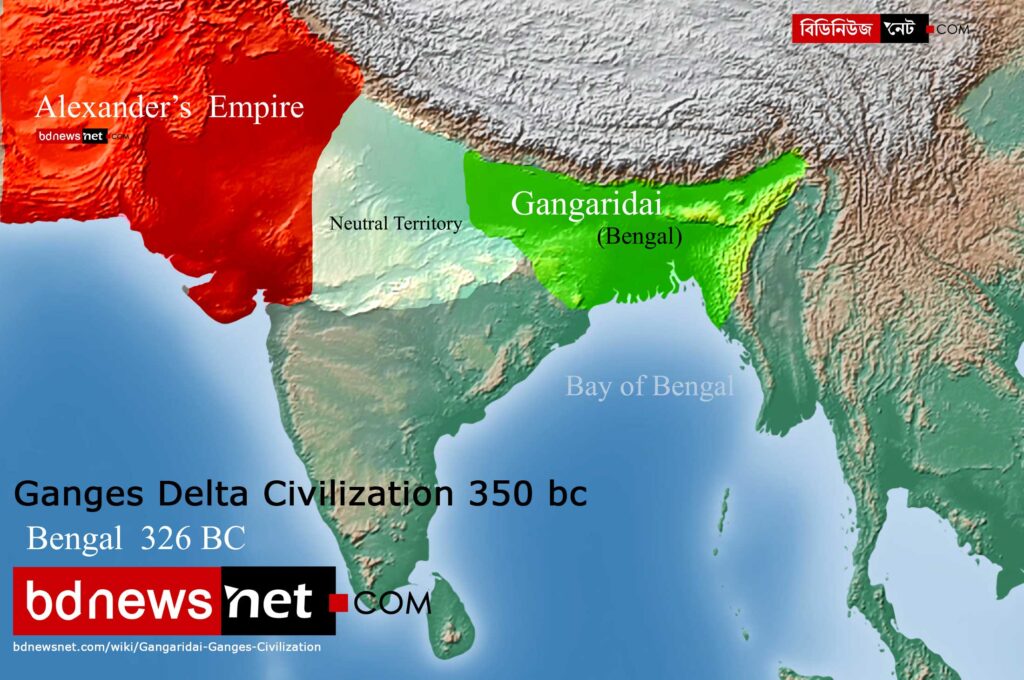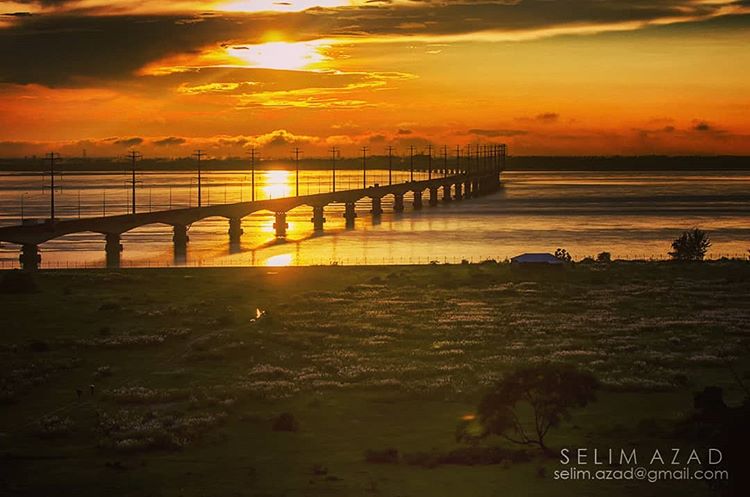The Great Bengal Civilization was the first civilization to use iron in south Asia. It is not very well known but it has been established that they had a great knowledge of astronomy, mathematics and medicine. The people who lived in this civilization were mainly farmers and seafaring traders and merchants. The history of Bengal is something that has shaped the country as it exists today as Bangladesh . The region was at one time ruled by many different leaders, each with its own unique culture and traditions .
The constitution of Bangladesh use the term ” Bangalee Nation ” to defined the Bangalee nationalism, As One of the core fundamental principle of the Republic of Bangladesh.
Under the ” FUNDAMENTAL PRINCIPLES OF STATE POLICY “
The constitution quotes ”
” The unity and solidarity of the Bangalee nation, which, deriving its identity from its language and culture, attained sovereign and independent Bangladesh through a united and determined struggle in the war of independence, shall be the basis of Bangalee nationalism “
1 Substituted for the former article 9 by the Constitution (Fifteenth Amendment) Act, 2011 (Act XIV of 2011), section 9.
The History of Bangalee Nation
These ancient people lived at various places of Bengal by occupying different habitats (Janapadas) and got mixed with each other over the centuries.
The advancement of civilization in Bengal dates back four millennia.The region was known to the ancient Greeksand Romans as Gangaridai. The Ganges and the Brahmaputrarivers act as a geographic marker of the region.
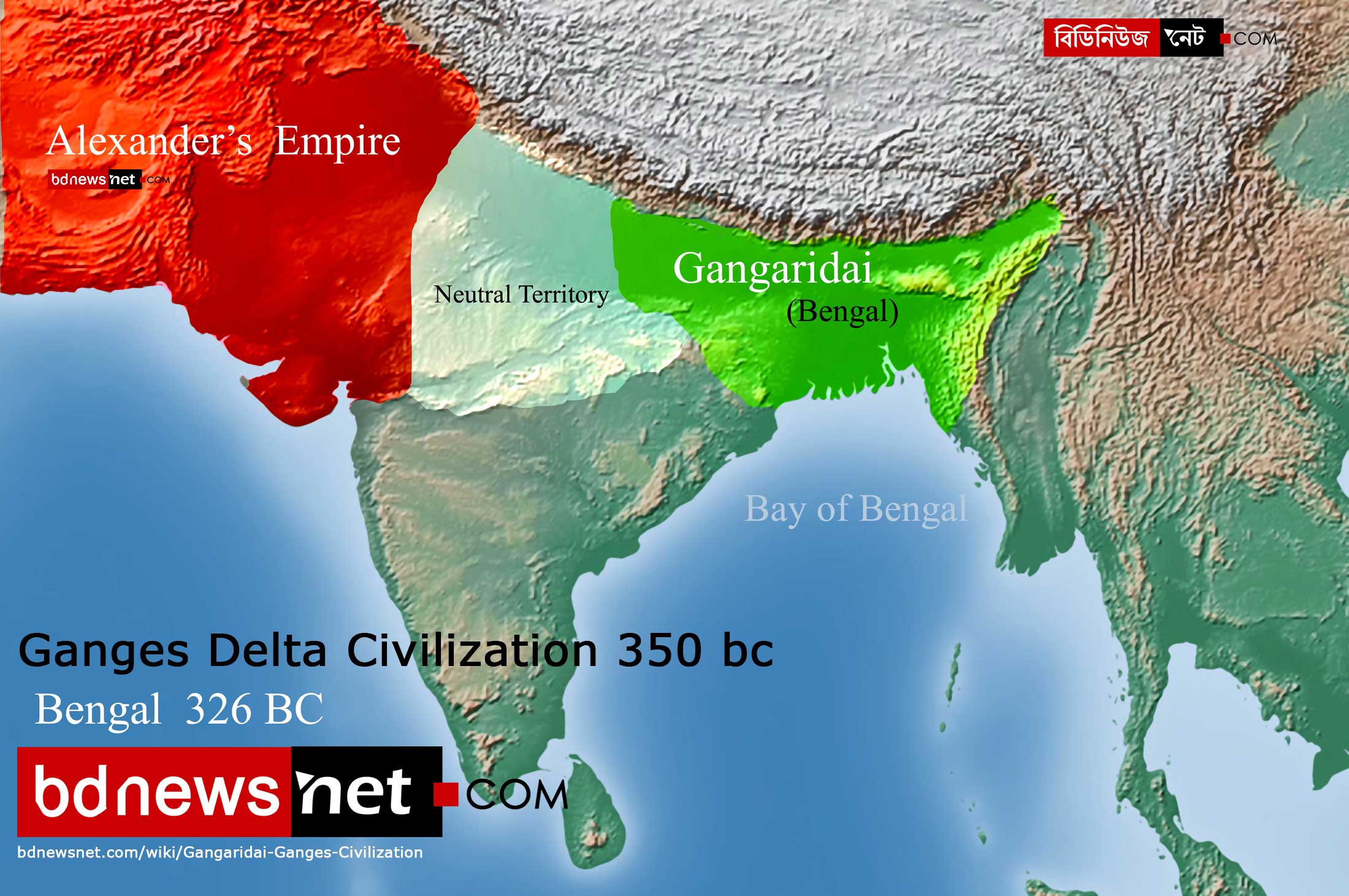
At times an independent regional empire, the Bengal was a leading power in Southeast Asia and later the Islamic East, with extensive trade networks. In antiquity, its kingdoms were known as seafaring nations. Bengal was known to the Greeks as Gangaridai, notable for mighty military power. It was described by Greek historians that Alexander the Great withdrew from the South east Asia, anticipating a counterattack from an alliance of Gangaridai.Later writers noted merchant shipping links between Bengal and Roman Egypt.
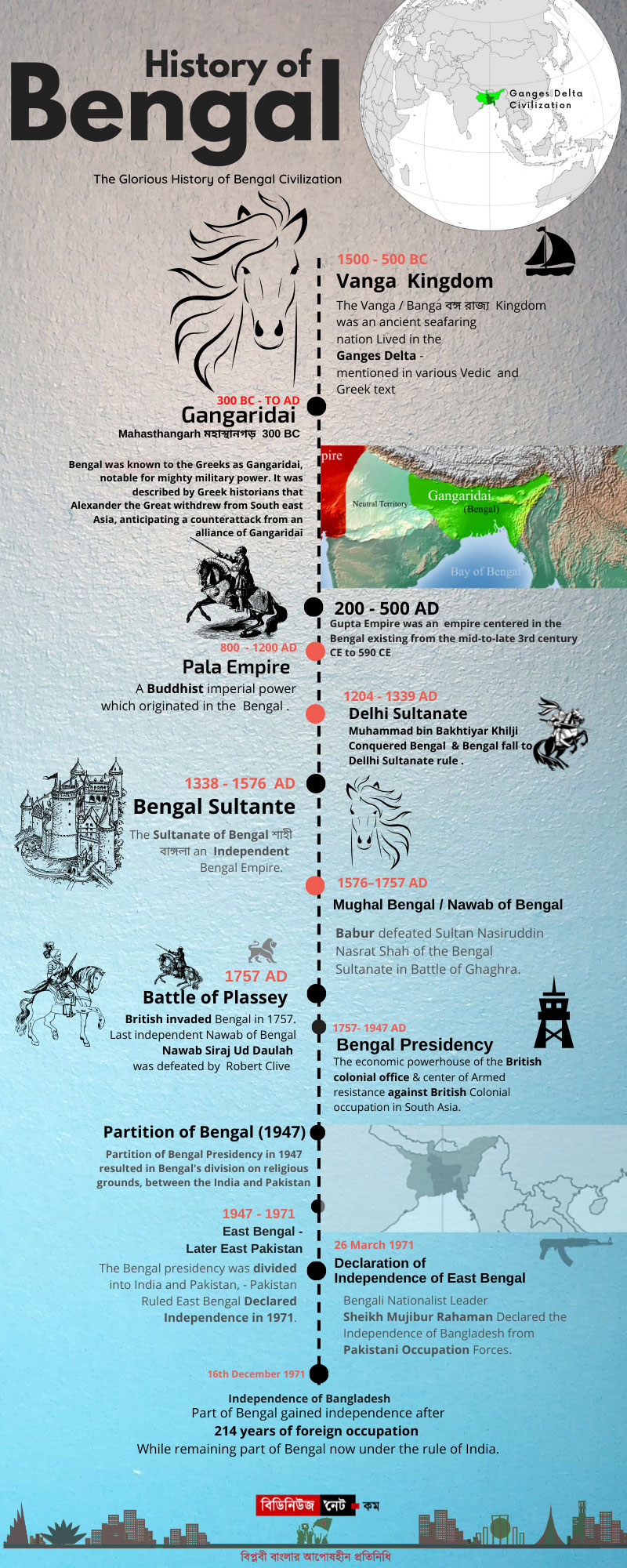
The Bengali Pala Empire was the last major Buddhist imperial power in the subcontinent,founded in 750 and becoming the dominant power in the northern Indian subcontinent by the 9th century,before being replaced by the Hindu Sena dynasty in the 12th century.Islam was introduced during the Pala Empire, through trade with the Abbasid Caliphate.[11] The Islamic Bengal Sultanate, founded in 1352, was absorbed into the Mughal Empire in 1576. The Mughal Bengal Subah province became a major global exporter,[12][13][14] a center of worldwide industries such as muslin, silk, pearl,[15] cotton textiles[16] and shipbuilding.[17]
Bengal was conquered by the British East India Company in 1757 by Battle of Plassey and became the Bengal Presidency of British Raj, which experienced deindustrialization under British rule.[18] The Company increased agriculture tax rates from 10 percent to up to 50 causing the Great Bengal famine of 1770 and the deaths of 10 Million Bengalis.
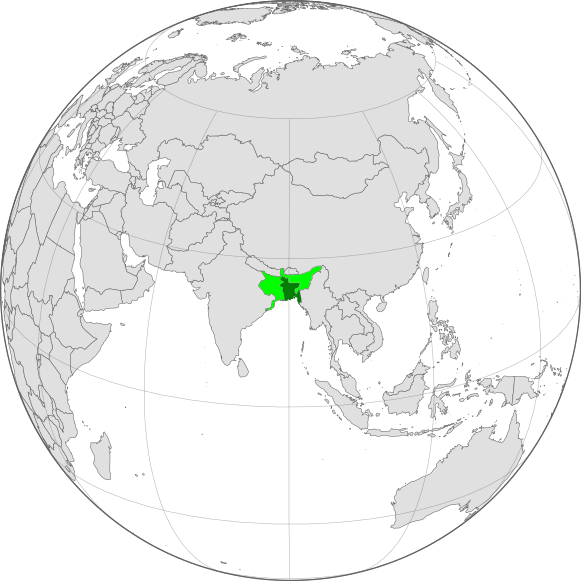
Bengal played a major role in the Indian independence movement, in which revolutionary groups were dominant. Armed attempts to overthrow the British Raj began with the rebellion of Titumir, and reached a climax when Subhas Chandra Bose led the Indian National Army allied with Japan to fight against the British. A large number of Bengalis died in the independence struggle and many were exiled in Cellular Jail, located in Andaman.

